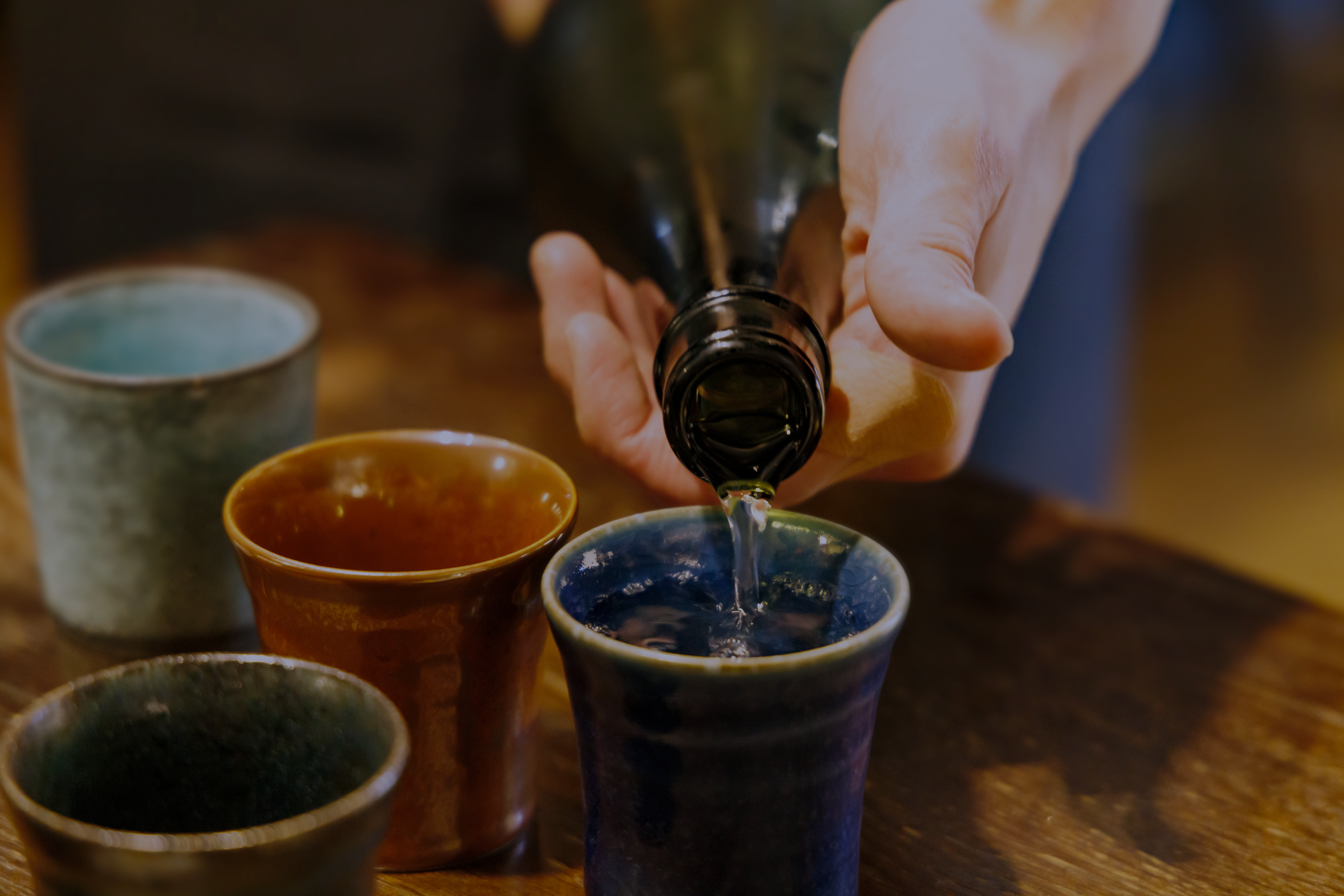
MTC Sake Blog — All Posts
How can one begin educating wait staff about shochu?
Although shochu has recently become much more popular than sake in Japan, the reality is that shochu is not as popular as sake in the U.S. Some people don't even know the meaning of the term "shochu." In this case, wait staff will have to educate the customer and recommend ways for enjoying this new drink. We suggest that the wait staff should know the following things, and the recommendations are based on the level of the customer's knowledge about shochu.
Shochu varieties
The variety of shochu is sometimes mentioned or listed on the bottle's label.
How to enjoy shochu with a variety of different foods?
There are suitable foods to enjoy with shochu that is made from a variety of ingredients.
How should I serve shochu?
There is no set rule for drinking shochu, but there are preferred ways to drink it. Generally there are five ways to serve shochu. How it is served changes how one will experience and enjoy the many different characteristic tastes and aromas.
How is shochu made?
Rice Steaming Stage
The steaming process helps to make the dissolving of rice starch easier and also provides a sterilizing effect.
Koji
Koji is made by sprinkling koji-kin(aspergillus oryzae) on steamed rice that has been cooled to 95 ℉ - 104℉. Koji-kin is used in shochu production to break down the starches in steamed rice into fermentable sugars. It takes about two days to make koji
What is the average shelf life of shochu?
Technically shochu does not have a shelf life since distilled alcoholic beverages are not so high in sugar and/or protein content. Shochu is usually more than 25% in alcohol content, so technically it can be enjoyed for a long time without risk of decomposition. Many times people age shochu more, just as whiskey enthusiasts prefer well-aged bottles.
What is the effect of the distillation process on shochu?
The single distilling method, which usually is used for Otsu-rui shochu, can involve two different methods:
- Normal pressed distillation
- Decompression distillation
What is Koji-kin, and how does it affect shochu?
Koji-kin (aspergillus oryzae) is the mold used in shochu production to break down the starches in steamed rice or sweet potatoes into fermentable sugars so that the yeast can then begin their job of converting the sugar into alcohol. Koji-kin is very, very important in producing or affecting the taste of the final shochu.
What are the basic ingredients of shochu?
Japanese sake is made from rice, just as wine is made from grapes. But shochu (Otsutype shochu) can be made from a variety of raw materials. Each material imparts a different unique flavor and aroma profile to the final shochu. The high-quality ingredients have to be selected carefully and are usually produced in the same region where the shochu is made.
What are the various types of shochu?
There are two types of shochu known as "ko-rui" or "otsu-rui". The difference in the two results from the number of times they are distilled.










